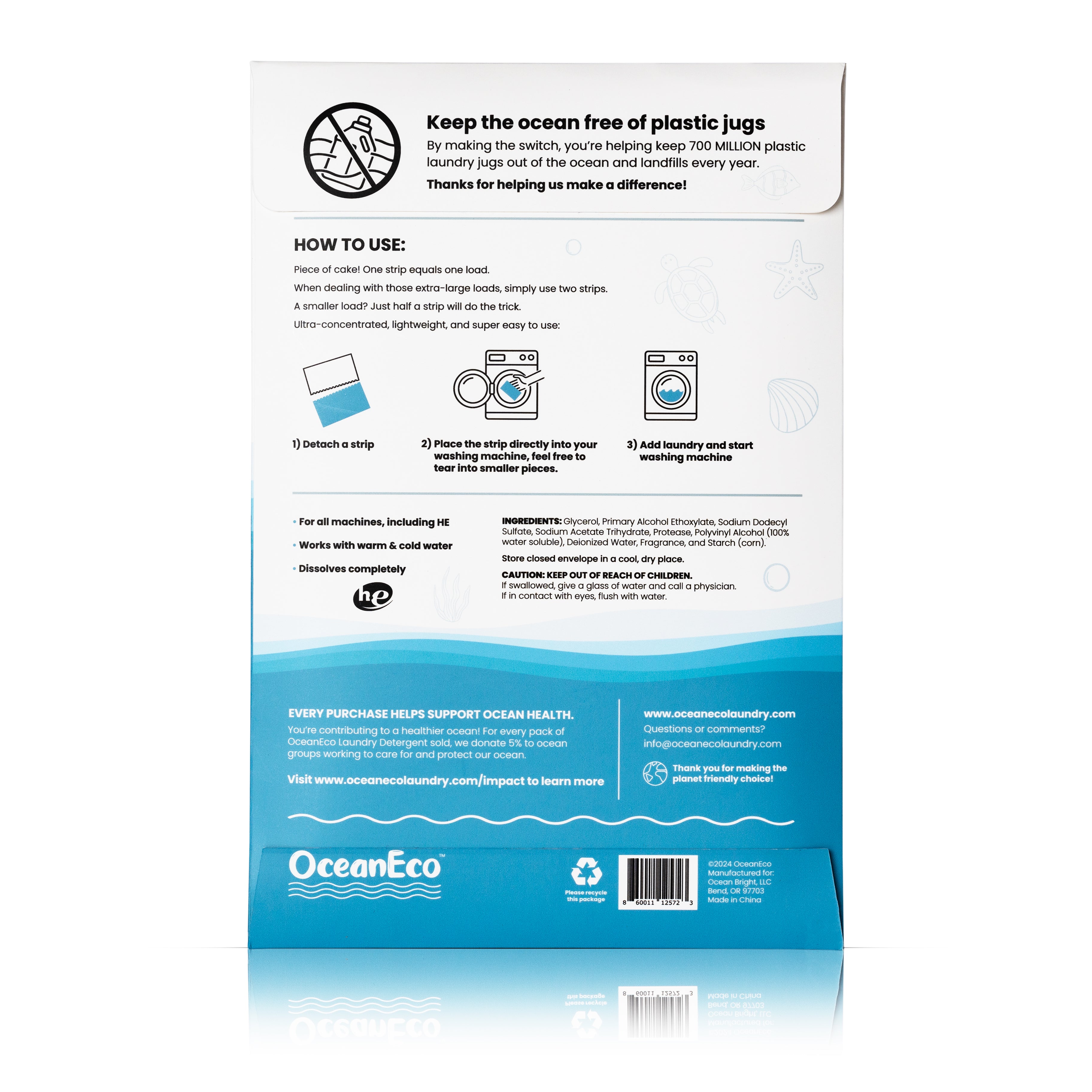Scientists Stumble Upon Coral So Massive It Defies Belief
A monumental discovery has just been made in the Solomon Islands, where scientists recently unearthed the world's largest coral colony. This giant organism, spanning an incredible 111 feet wide and 104 feet long, is a single coral colony that is larger than a blue whale and visible from space.
It’s a remarkable sight that offers a glimpse into the resilience of the ocean's ecosystems, while highlighting the importance of conservation efforts.

A Giant Among Corals
The coral, which is likely 300 to 500 years old, is located in a remote part of the Pacific Ocean, far from the prying eyes of mainstream researchers. During an expedition by National Geographic’s Pristine Seas program, scientists initially mistook the coral for a shipwreck due to its massive size. Marine ecologist Enric Sala, one of the lead researchers, told CNN the discovery was “a dream come true.” In fact, the coral’s vastness is so extraordinary that it dwarfs most other marine life forms, and some of the expedition team members even described it as being close to the size of a cathedral.
Made up of millions of tiny, genetically identical polyps, this coral is one of nature’s most impressive creations. These polyps work together, building an organism so large it can be seen from space. To get a sense of its size, the coral is about as wide as two basketball courts placed side by side. For comparison, the previous record-holder for the world’s largest coral was a colony called “Big Momma” in American Samoa, which was three times smaller than this newly discovered giant, Smithsonian Magazine reports.

The Role of Coral in Marine Ecosystems
Coral reefs are essential to the health of our oceans. They provide habitats for a diverse range of marine life, including fish, crabs, and shrimp. This newly discovered coral is no exception. It hosts a plethora of creatures that depend on its structure for shelter and breeding grounds. As CBS News reports, coral reefs play an integral role in protecting coastlines from storms and sea-level rise, making them vital not only to marine life but to human populations as well.

Hope Amidst Climate Change Challenges
This discovery comes at a time when coral reefs worldwide are under threat from climate change, ocean acidification, and pollution. According to National Marine Sanctuary, rising ocean temperatures have caused mass coral bleaching events, damaging ecosystems that have taken centuries to develop. The coral in the Solomon Islands, however, appears to be thriving despite these challenges. Scientists believe its longevity and resilience could offer hope for the future of coral reef.
The newly discovered coral was found in deeper waters, possibly shielded from the extreme temperatures that have damaged more shallow reefs. Its location, along with its size and the fact that it has survived multiple global warming events, provides a glimmer of hope for coral conservation efforts. As Marine biologist Manu San Félix, who helped discover the coral, told Vox, this finding demonstrates that “not all is lost for coral reefs.”

The Importance of Conservation and What Lies Ahead
The Solomon Islands government has expressed pride in the discovery, recognizing the potential benefits for conservation and tourism. Dennis Marita, the director of culture at the Ministry of Culture and Tourism, told CBS News that this discovery could help boost the country’s conservation efforts and attract scientific research and eco-tourism to the region.
However, despite its remote location, the coral is not immune to the threats posed by human activities. Overfishing, pollution, and the broader effects of climate change remain significant dangers to coral ecosystems. While the coral’s discovery is exciting, it also serves as a stark reminder of the need for greater global action on climate change, CBS News reports.
Looking to the Future
As researchers continue to study this extraordinary coral, there’s much to learn about its ability to survive and adapt to changing ocean conditions. The discovery also offers a unique opportunity for the global community to focus on coral conservation efforts. With over 40% of coral species at risk of extinction due to climate change, this coral serves as both a symbol of hope and a reminder of the urgent need for action .
For now, the world’s largest coral stands as a testament to the resilience of nature. Its discovery in the Solomon Islands is more than just a scientific milestone; it’s a call to action for the protection of our oceans. The hope is that, by learning from this coral’s ability to thrive in the face of adversity, we can find new ways to protect and restore the ecosystems that are vital to life on Earth.





























































































































































































































































































































































